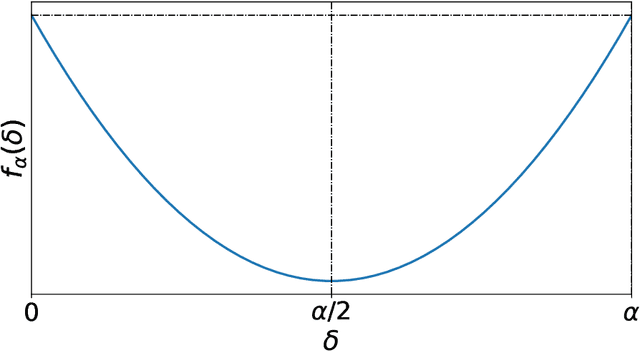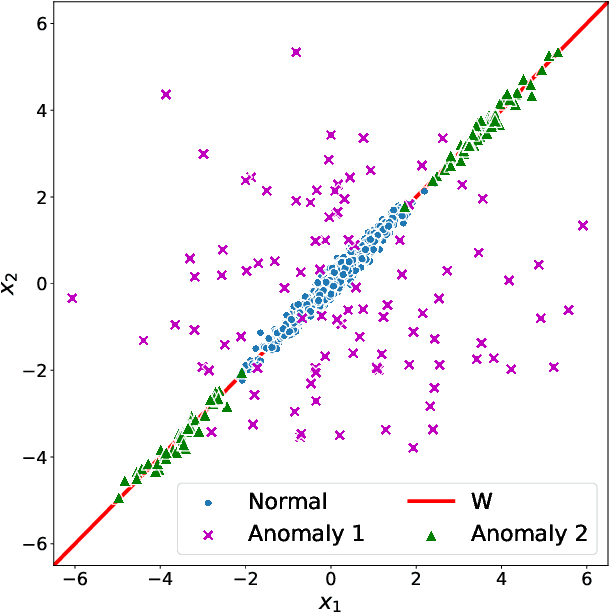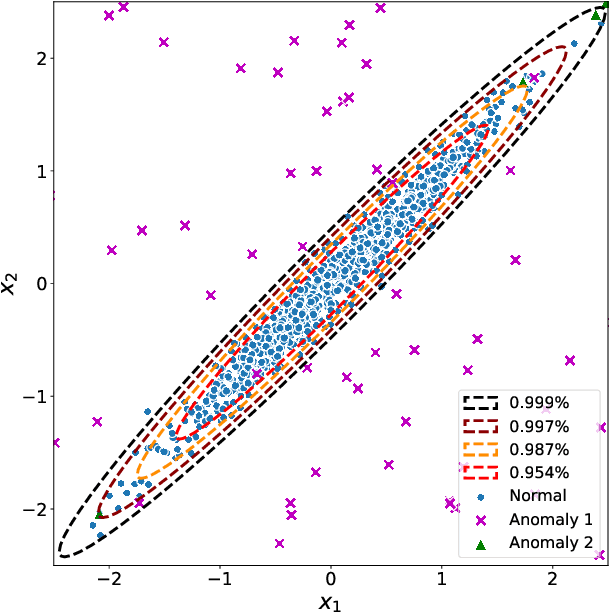Fernando Pérez-Bueno
TV-based Deep 3D Self Super-Resolution for fMRI
Oct 05, 2024



Abstract:While functional Magnetic Resonance Imaging (fMRI) offers valuable insights into cognitive processes, its inherent spatial limitations pose challenges for detailed analysis of the fine-grained functional architecture of the brain. More specifically, MRI scanner and sequence specifications impose a trade-off between temporal resolution, spatial resolution, signal-to-noise ratio, and scan time. Deep Learning (DL) Super-Resolution (SR) methods have emerged as a promising solution to enhance fMRI resolution, generating high-resolution (HR) images from low-resolution (LR) images typically acquired with lower scanning times. However, most existing SR approaches depend on supervised DL techniques, which require training ground truth (GT) HR data, which is often difficult to acquire and simultaneously sets a bound for how far SR can go. In this paper, we introduce a novel self-supervised DL SR model that combines a DL network with an analytical approach and Total Variation (TV) regularization. Our method eliminates the need for external GT images, achieving competitive performance compared to supervised DL techniques and preserving the functional maps.
Leveraging a Probabilistic PCA Model to Understand the Multivariate Statistical Network Monitoring Framework for Network Security Anomaly Detection
Feb 02, 2023



Abstract:Network anomaly detection is a very relevant research area nowadays, especially due to its multiple applications in the field of network security. The boost of new models based on variational autoencoders and generative adversarial networks has motivated a reevaluation of traditional techniques for anomaly detection. It is, however, essential to be able to understand these new models from the perspective of the experience attained from years of evaluating network security data for anomaly detection. In this paper, we revisit anomaly detection techniques based on PCA from a probabilistic generative model point of view, and contribute a mathematical model that relates them. Specifically, we start with the probabilistic PCA model and explain its connection to the Multivariate Statistical Network Monitoring (MSNM) framework. MSNM was recently successfully proposed as a means of incorporating industrial process anomaly detection experience into the field of networking. We have evaluated the mathematical model using two different datasets. The first, a synthetic dataset created to better understand the analysis proposed, and the second, UGR'16, is a specifically designed real-traffic dataset for network security anomaly detection. We have drawn conclusions that we consider to be useful when applying generative models to network security detection.
 Add to Chrome
Add to Chrome Add to Firefox
Add to Firefox Add to Edge
Add to Edge